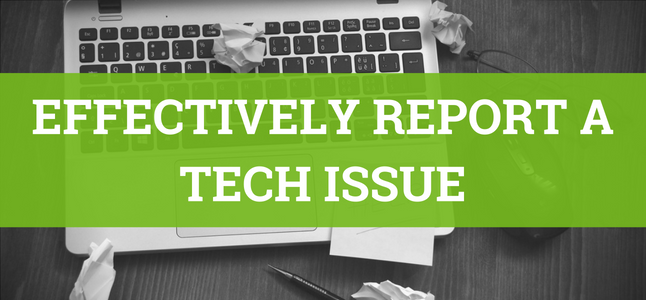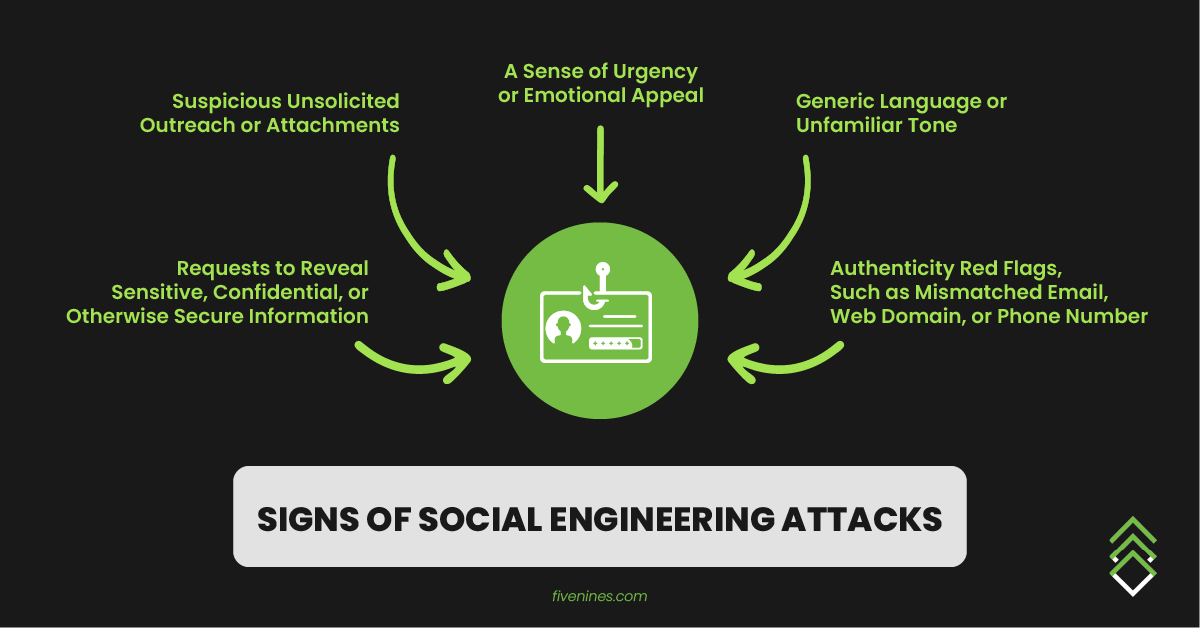How To Effectively Report A Tech Issue
When reporting a tech issue, the better the communication, the more effective the problem-solving. We want to provide you with what IT professionals...
Five Nines Team : Jul 6, 2016 10:21:33 AM
2 min read

If you have looked to outsource your IT needs in recent years the words, "Service Desk" or "Primary Engineer" have probably come up. What do they really mean and what is the difference?
The Service Desk can be defined as - The single point of contact between users and IT service management. Or more simply put the individual on the other end of the phone when you call the designated phone number. Typically a Service Desk team is made up of tier-one support engineers who will do their best to complete your request within a given time frame. If they are unsuccessful at solving your issue they will then push you up to a tier two individual, and so on until your request meets the corresponding tier to provide a resolution.
A Primary Engineering model takes a more strategic approach to providing IT support. A company is typically matched with a team of one or two tier two-level support engineers, based on their industry, needs, culture, and support requirements. The primary engineer(s) are available 24x7 to handle anything that may come up in the company's environment. Typically the engineer(s) are assigned to a select few accounts that they then become responsible for their overall success and most of the time become a part of their client's team and organization.
How do you choose one over the other? Well, that’s for you to decide but here are a few key factors to consider:
To learn more about Five Nines model, click here: https://gonines.com/what-we-do/

When reporting a tech issue, the better the communication, the more effective the problem-solving. We want to provide you with what IT professionals...

Have you ever heard anyone go up to an IT engineer and say "Hey, just checking in to let you know that everything is running smoothly!"? Probably...

It's true – your devices, accounts, and data are all incredibly valuable to cyber criminals, no matter your industry or role. According to ...